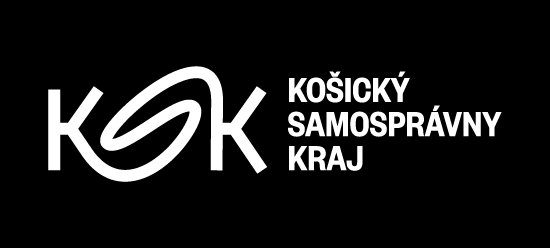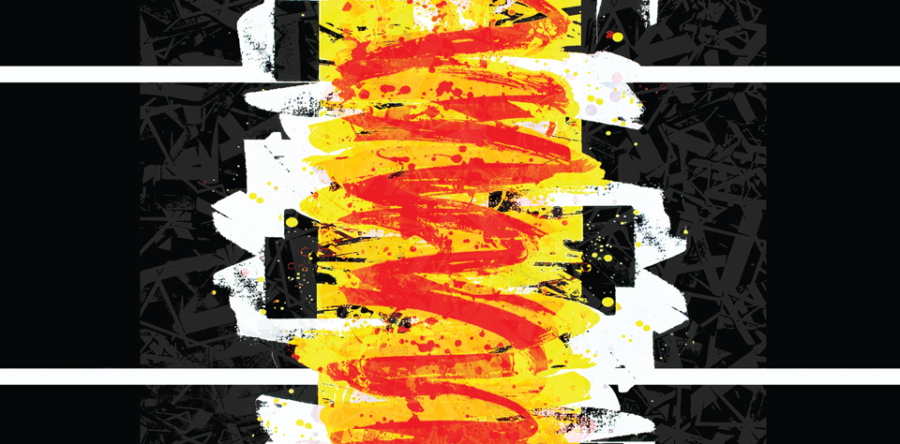opening: 26. 6. 2018 , 18.00
duration: 27. 6. – 21. 10. 2018
curator: Gabriela Haščáková
Východoslovenská galéria, Hlavná 27
This exhibition in the East Slovak Gallery introduces a selection from the extensive work of a greatly productive artist, whose artistic career was typical of the exploration of several genres: graphics, illustrations, painting and scenography. In his work he employed the combinations and overlaps of various artistic techniques. The selection of artworks for the current exhibition, which features planar graphic prints and paintings, was primarily conditioned by the exhibition space.
This exhibition also serves as a celebration of what would have been the author’s 70th birthday.
Jozef Haščák is one of the last artists influenced by the strong presence of Vincent Hložník, who along with Dušan Kálay and Robert Bruno attended Hložník’s last classes at the Department of Graphics and Book Illustration at the Academy of Fine Arts and Design in Bratislava. Vincent Hložník, a legend of Slovak Fine Art, attempted to preserve the original message of the graphic art form and the purity of materials and techniques. Haščák explored many of the traditional techniques and he applied the precision of woodcarving in his early works while reflecting his admiration of the old photographs from family albums. His artistic programme and thematic scope corresponded with his deep interest in rural surroundings, its traditions and religious celebrations, which at the time were absorbed through artist’s private folkloric mythology. In his poetic graphic prints, Haščák enlivened the old-style glass pictures from village fairs, which reflected the essence of humanity during the period of normalisation, while bringing to mind our grandparents’ olden times. Haščák’s artworks gradually developed specific characteristic traits, such as precision of drawing and emphasis on the depiction of women’s piercing eyes and men’s rich curved moustaches. This aesthetic poetics was labelled by the art historians as the “atmosphere of soft Haščák-like relaxation” (Peter Markovič) and it fully permeated his artwork, including several graphic still-life compositions.
His woodcarvings, which cited folkloric woodcuts with expressively modelled figurative compositions, were gradually transformed into literary motives while reducing the figurative element. This was often achieved through the positioning of contrastive elements within the graphic structures. However, Haščák did not abandon his typical poeticism but transformed it in the means of his newly developed artistic language, emphasizing the importance and representation of his drawing style.
At the turn of the 1970s and 1980s, artist’s approach underwent another major transformation. He exchanged the technique of woodcut with serigraphy, which enabled the author to widen his field of experimentation by employing a new set of structures. Moreover, by exploring minimalism he created a new kind of existential message, which he tried to imprint in his large graphic prints. The new minimalistic signs and gestures corresponded with the restricted colour palette of the black, white, grey and purple tones, which were often printed on a black sheet of paper. The following years of his artistic career were typical of his interest in economical expression, while employing dynamic background colours, which often intersected and were contrastive to the expressive message of the central sign. Haščák’s graphic experiments were over time shifted towards multi-layering. In the 1990s, he started to combine geometric structures with linear elements, while creating dynamic and
structurally detailed compositions.
At the end of the 1990s, Haščák’s work started to re-feature figurative motifs. The silhouettes were mostly planar, stylized and they employed excited gestures, expressively modelled edges and fragments of limbs. The artist worked with the recurring symbolic representation of hands with fully extended fingers, which were already typical of his early works. He also reinvented the colour representation, exchanging the full-colour graphic print for monochromatic black-and-white prints combined with distinctive coloured elements. During his return to serigraphy, he continued to explore the possibilities of combining layers of different intensity and thickness. The last phase of author’s career was linked to the continual development of his work dominated by the structures and compositions featuring visual explosiveness of colour, which was often captured through an expressive gestural detail layered on a geometrically composed background.
The technique of serigraphy enabled Haščák to employ his interdisciplinary knowledge in combining materials, which within the large-scale plane opened the possibilities of endless experimentation with structures, while creating the background for Haščák’s signature – a characteristic expressive gesture, which dominated both realistic and abstract dimension of his work.
The exhibition includes works from the collections of Jozef Haščák from the East Slovak Gallery, Gallery of Spiš Artists, private collection of Andrej Haščák and another three private collections.
In 1966 – 1972, the assistant professor and academic painter, Jozef Haščák (1948 - 2012), studied at the Academy of Fine Arts and Design at the Studio of Graphics and Book Illustration of professor Vincent Hložník. From 1976 he had exhibited his work in more than 30 solo exhibitions in Slovakia and abroad. In 1987 he was awarded the Martin Benka Prize and in 1989 he received an honourable mention at the 7th International Biennale in Banská Bystrica. Until 2012 he taught at the Department of Design at the Faculty of Arts of the Technical University in Košice. Haščák’s artwork is an important part of the art collection of the East Slovak Gallery in Košice, Central Slovak Gallery in Banská Bystrica, Považská Gallery of Art in Žilina, Slovak National Gallery in Bratislava, National Gallery in Prague and numerous private collections.



